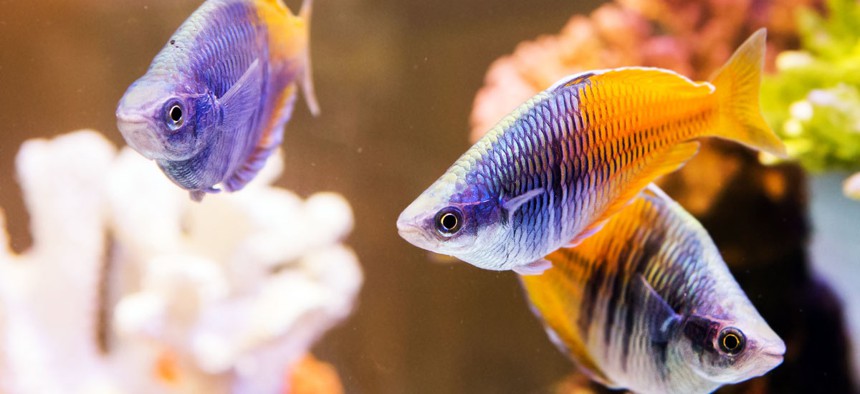MIT Scientists Design Bulletproof Armor Modeled on Fish Scales

subin pumsom/Shutterstock.com
A new study out of MIT may have found a protective, flexible solution for today’s soldiers in an unlikely place: the sea.
William the Conquerer knew it. The Romans knew it. Even the Terracotta Army seemed to know it: In battle, a solider needs to be protected from his enemy’s volleys, but he also needs to be able to move. Otherwise, the results can be disastrous. Now a new study out of MIT, Popular Science reports, may have found a protective, flexible solution for today’s soldiers in an unlikely place: the sea.
Modern bulletproof armor is usually made out of materials like Kevlar or Zylon—strong synthetic fibers that can stop various rounds of ammunition. While the armor supplied to troops is getting lighter and stronger, it tends not to be very flexible and can still weigh down—and eventually tire out—any solider.
The MIT team's hope is to 3D print body armor that can move with the body where needed. Their inspiration was the scales that cover most fish, which range in size depending on what part of the fish they cover. The armor could be more rigid at vital points like the torso, but then more flexible around joints, allowing soldiers to move while being protected all over their bodies.
While this armor is still in the early testing phases—it hasn’t yet stopped a bullet—Popular Science points out its end product could prove useful for the U.S. Army Research Office, which commissioned the research.
The MIT team’s research paper called the armor “bio-inspired,” fitting in with a belief that some hold that the future of design will be much more organic.
(Image via subin pumsom/ Shutterstock.com)
NEXT STORY: Making big data work





